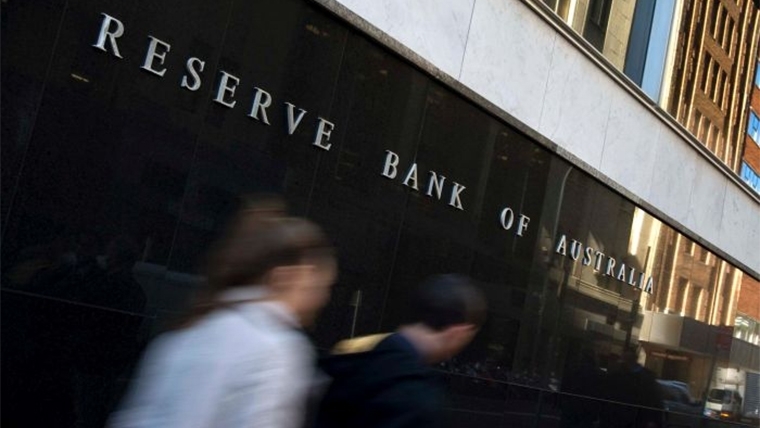
It has been a quiet start to what looks to be a quiet week ahead. Equity markets have consolidated while US Treasury yields has pushed higher after last week’s large fall. Currency movements have been modest, with the NZD and AUD slipping after last week’s strong gains.
Following last week’s monumental movements in financial markets across all asset classes, the new week has begun on a tepid note. This week’s calendar is light and it might be a case of the market consolidating recent moves, while the debate rages whether there was any signal to take from last week’s large rise in equity markets, large fall in bond yields and significant currency moves – based on increased conviction that the Fed is done hiking for the cycle and the focus turning to the scope and timing of easier monetary policy next year.
Global bond yields have pushed higher, reversing some of last week’s fall. The US 10-year rate is up 7bps from last week’s close to 4.64%, with traders noting a heavy week ahead of corporate issuance and a resumption of US Treasury auctions for 3, 10 and 30-year bonds. US equities opened higher and the S&P500 is currently flat, following last week’s hefty 5.9% gain.
In currency markets, the NZD is modestly weaker after a few failed attempts last night to sustain a break above 0.60. It currently trades at 0.5975, talking a breather after last week’s gain of more than 3%. The AUD has gravitated down to around 0.65 and NZD/AUD trades near 0.92. Against a backdrop of higher global rates, the yen is also weaker, with USD/JPY up 0.3% to 149.80.
Yesterday, BoJ Governor Ueda gave a speech where he suggested the chance of the Bank shifting its negative policy rate this year is near-zero. The message was that the likelihood of achieving the 2% inflation target “seems to be gradually rising” but “sustainable and stable achievement of the price stability target is not yet envisaged with sufficient certainty at this point”. The message we took from the meeting last week and the following sourced media reports was that the BoJ would continue to proceed slowly and carefully in moving away from its ultra-easy policy stance. This approach reduces the chance of an outsized financial market reaction to future policy tweaks, thereby reducing the chance of a major risk-off event emanating from its policy adjustments.
In economic news overnight, German factory orders rose 0.2% m/m in September against consensus estimates for a 1.5% drop, but prior data were revised down. A 4.2% jump in foreign orders offset a 5.9% slump in domestic orders and that won’t change the narrative of a very sluggish German economy. The EUR and GBP show little change from last week’s close, currently 1.0735 and 1.2375 respectively, with NZD crosses modestly weaker.
Domestic rates continued to fall yesterday, playing catch-up to Friday night’s move and some further NZ-offshore spread contraction thrown in as well. NZGB and swap rates were down in the order of 6-7bps across most of the curve, with a larger 8bps fall for the ultra-long bonds. The 10-year NZGB fell 6bps to 5.17%, taking its fall over the first four trading days of November to a meaty 39bps.
You know something special is going on in financial markets when even the beaten-up NZ equity market is showing positive returns, with yesterday’s 1.3% gain adding to last week’s 3.3% gain. However, not so good was a 5.7% fall in Mainfreight after global shipping giant Maersk warned at the end of last week about subdued trading conditions, although notably its weaker guidance reflected more on pricing than volumes – good news for weaker goods inflation. On that, the NY Fed’s global supply chain pressure index fell deeper into negative territory at the end of October, taking it below the GFC nadir.
In the day ahead the key focus will be on the RBA’s policy update, where most economists expect a 25bps hike in the cash rate to 4.35%, while the market prices in about a 70% chance. Compared to other central banks, the RBA has been a laggard in the cycle and still has more work to do to bring inflation to heel. Japanese earnings data, China trade data and German industrial production round out the calendar.

We welcome your comments below. If you are not already registered, please register to comment
Remember we welcome robust, respectful and insightful debate. We don't welcome abusive or defamatory comments and will de-register those repeatedly making such comments. Our current comment policy is here.